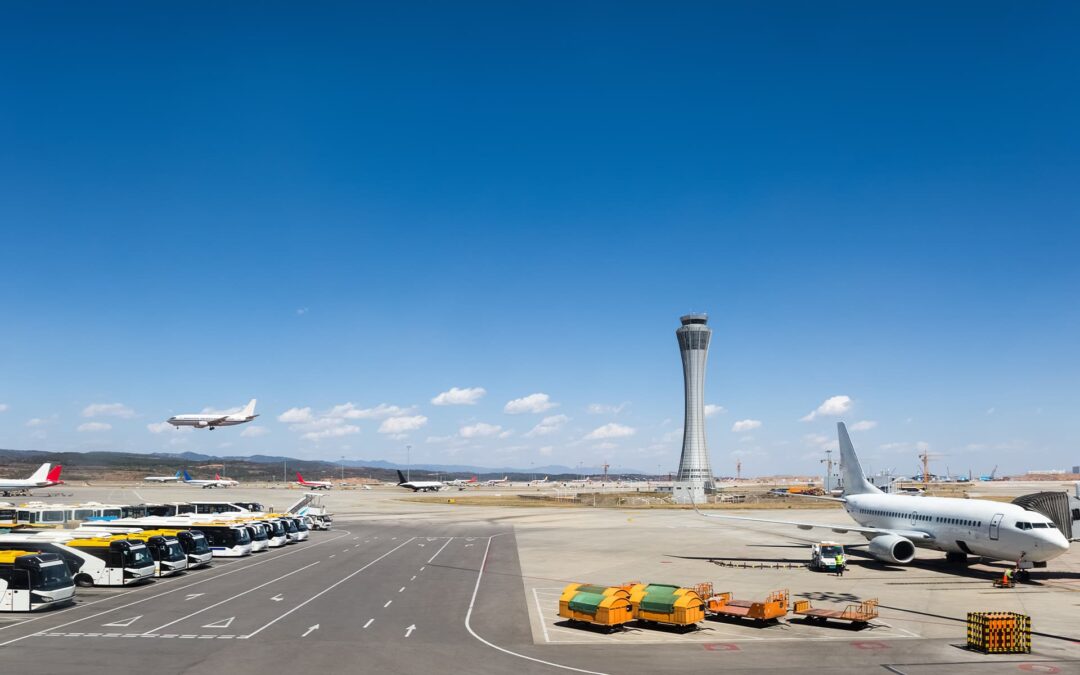By 27 March 2028, ground handling will fall within the scope of EASA (European Union Aviation Safety Agency) regulation 2025/20. Although it will not be subject to certification, operators will have to submit their declaration no later than one year before this date. A 5-year audit cycle is also on the agenda.
Clarification needed on the texts
One of the major issues is the demarcation between safety regulations (EASA) and the 1996 directive on market access: a point which could have an impact on the specifications for assistance. Clarification is therefore essential to avoid any overlaps or potential contradictions.
Towards European mutual recognition
The introduction of the PPOB (Principal Place Of Business) provides for a single declaration for multinational groups, recognised by all EU Member States. However, physical checks will remain a local responsibility, entrusted to the authority that received the initial declaration. Coordination between Member States therefore promises to be strategic.
Risk-adapted monitoring
Thanks to France’s efforts, the surveillance cycle can be extended from 48 to 72 months. The DGAC (Direction de la sécurité de l’aviation civile) will continue its risk-based approach, targeting critical operators and activities as a priority. Although the CSCE (Compétences de Sécurité des Conducteurs et utilisateurs d’Engins aéroportuaires) and the CSCA (Collectif Sécurité Circulation Aéroportuaire) are not formally involved in the process, their contribution in terms of training could facilitate the checks.
Increased dialogue with local players
The DSAC wishes to draw up a guide to support the implementation of these regulations. To this end, it is proposing one-to-one discussions with CSAE members, in order to assess the practical impact on their organisations. Direct contact with the DSAC representative is encouraged.
A calendar in motion
An initial information webinar was organised by EASA on 17 June, with two further sessions planned for the autumn. In addition, the list of operators submitted by airports will be forwarded to the CSAE for its opinion, reinforcing our role as a relay on the ground in this regulatory transition.

